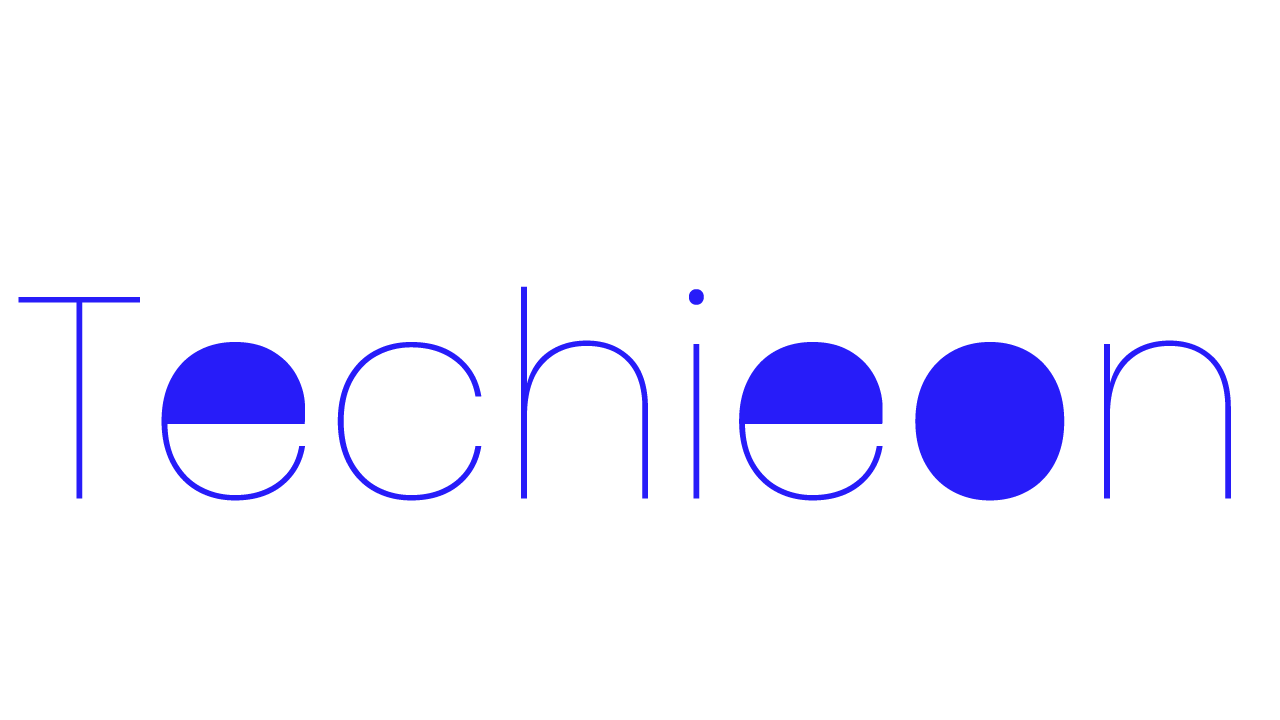How AI Predicts Virality: Can Algorithms Tell What Will Go Viral?
In today’s digital landscape, virality is the holy grail for content creators. A single post can catapult an individual or brand into the spotlight, generating massive engagement and reach. But what makes something go viral? Is it pure luck, or is there a science behind it? The answer, increasingly, lies in the power of artificial intelligence (AI).
AI algorithms are becoming increasingly sophisticated in their ability to predict what content is likely to resonate with large audiences and spread rapidly. While they can’t guarantee virality, they’re providing valuable insights into the complex factors that contribute to a piece of content’s success.
Understanding the Factors Behind Virality
Before diving into how AI predicts virality, it’s crucial to understand the core elements that contribute to a piece of content’s widespread sharing. These factors often intertwine and influence one another, creating a dynamic ecosystem of online engagement. Some key elements include:
- Emotional Impact: Content that evokes strong emotions – joy, surprise, anger, sadness – is more likely to be shared. This emotional response triggers a desire to connect with others and share the experience.
- Uniqueness and Novelty: Content that stands out from the crowd, offering a fresh perspective or an unexpected twist, tends to capture attention and generate buzz.
- Relatability and Shared Experiences: People are drawn to content that reflects their own lives and experiences. Content that resonates with a broad audience on a personal level increases the chances of virality.
- Simplicity and Ease of Sharing: Content that’s easy to understand and quickly share across various platforms has a higher likelihood of spreading widely.
- Timeliness and Relevance: Content related to current events, trends, or popular discussions has a higher chance of capturing attention and becoming viral.
- Platform Optimization: Understanding the specific nuances of each platform (TikTok, YouTube, Instagram, etc.) and tailoring content accordingly significantly improves the chance of virality.
How AI Algorithms Analyze Content
AI algorithms leverage sophisticated techniques to analyze vast quantities of data and predict virality. They consider various factors, including:
- Text Analysis: AI can analyze the text of a post, identifying keywords, sentiment, and emotional tone. This helps determine the potential emotional impact and relatability of the content.
- Image and Video Analysis: AI can analyze visual content, identifying elements that are likely to attract attention, such as bright colors, faces, and movement. It can also assess the quality and aesthetic appeal of the visuals.
- Audio Analysis: For audio-based content, AI can analyze elements such as tempo, rhythm, and vocal tone to predict its potential for engagement.
- Social Media Engagement Data: AI can analyze existing social media data, identifying patterns and trends in successful viral content. This helps build predictive models based on past successes.
- Audience Segmentation: AI can segment audiences based on demographics, interests, and online behavior. This allows for more targeted content creation and predictions of audience reception.
Limitations of AI in Predicting Virality
While AI is a powerful tool, it’s not a crystal ball. Predicting virality is inherently complex, and AI algorithms are not always perfect. Some limitations include:
- Unpredictability of Trends: Viral trends can be unpredictable, and AI struggles to anticipate unexpected events or sudden shifts in audience preferences.
- The Human Element: The success of viral content also depends on serendipitous events, unforeseen interactions, and the unpredictable nature of human behavior. AI cannot fully account for this.
- Algorithm Bias: AI algorithms are trained on existing data, which may contain biases. This can skew predictions and limit the identification of truly unique and groundbreaking content.
Conclusion
AI is revolutionizing how we understand and approach viral content. While it cannot guarantee virality, it provides valuable insights into the factors that contribute to a piece of content’s success. By leveraging AI’s analytical capabilities, content creators can increase their chances of creating content that resonates with a wide audience and achieves significant reach. However, the unpredictable nature of human behavior and the ever-evolving digital landscape mean that creativity, authenticity, and a bit of luck remain crucial ingredients in the recipe for viral success.








